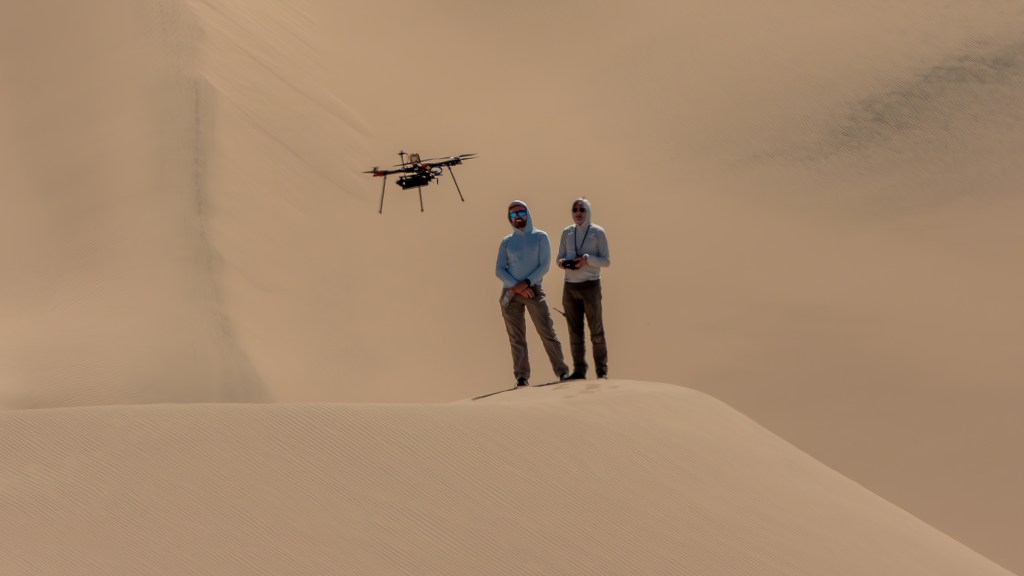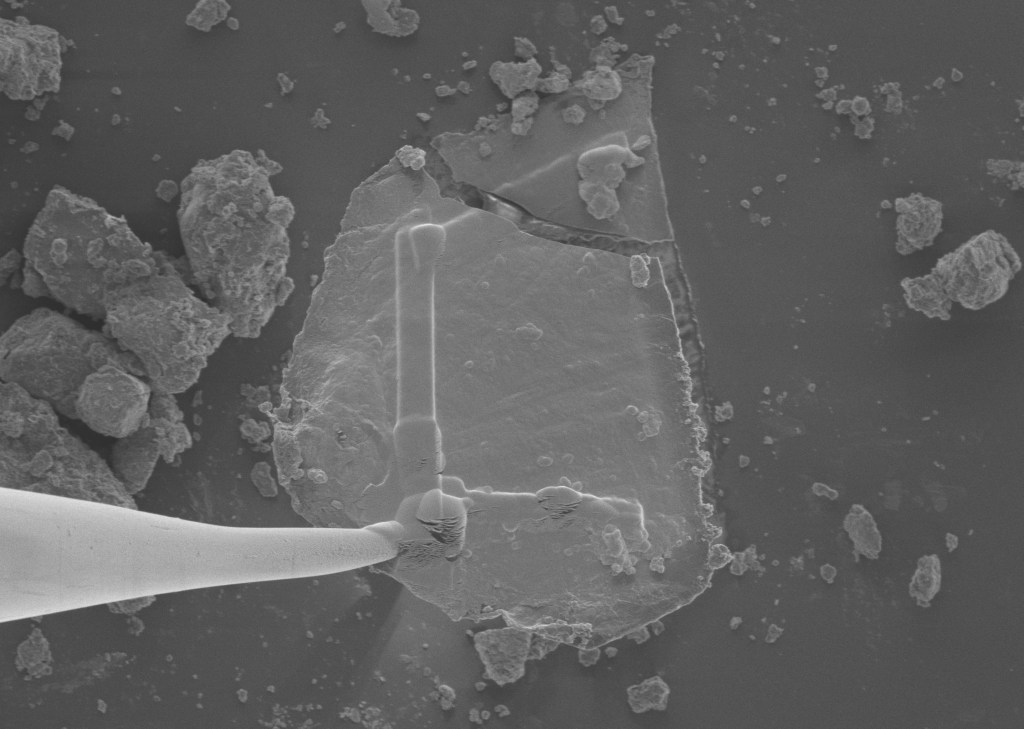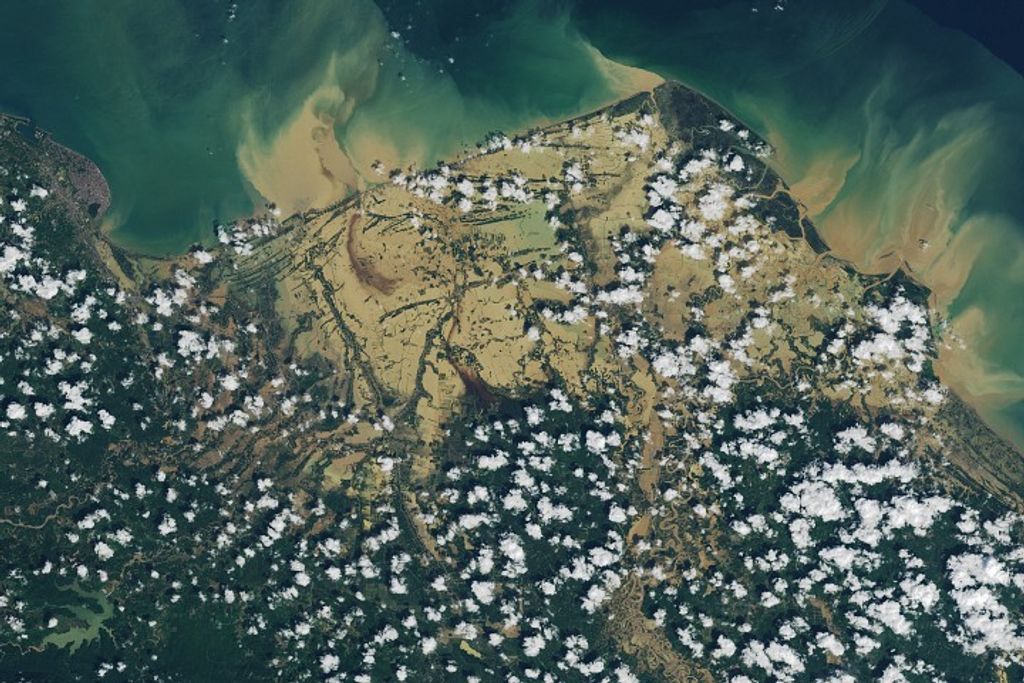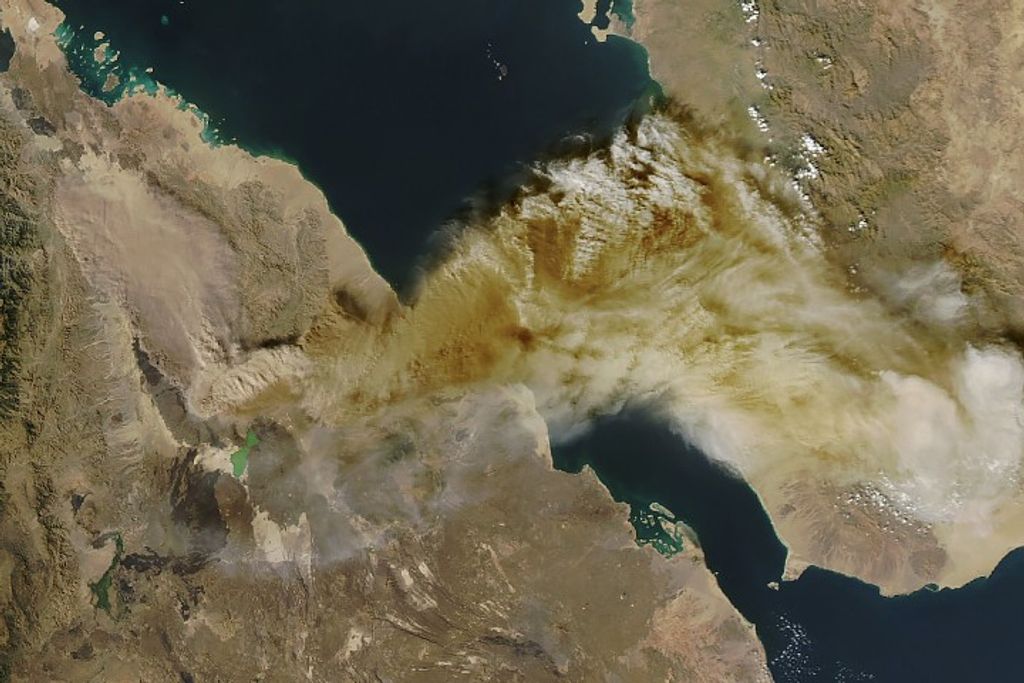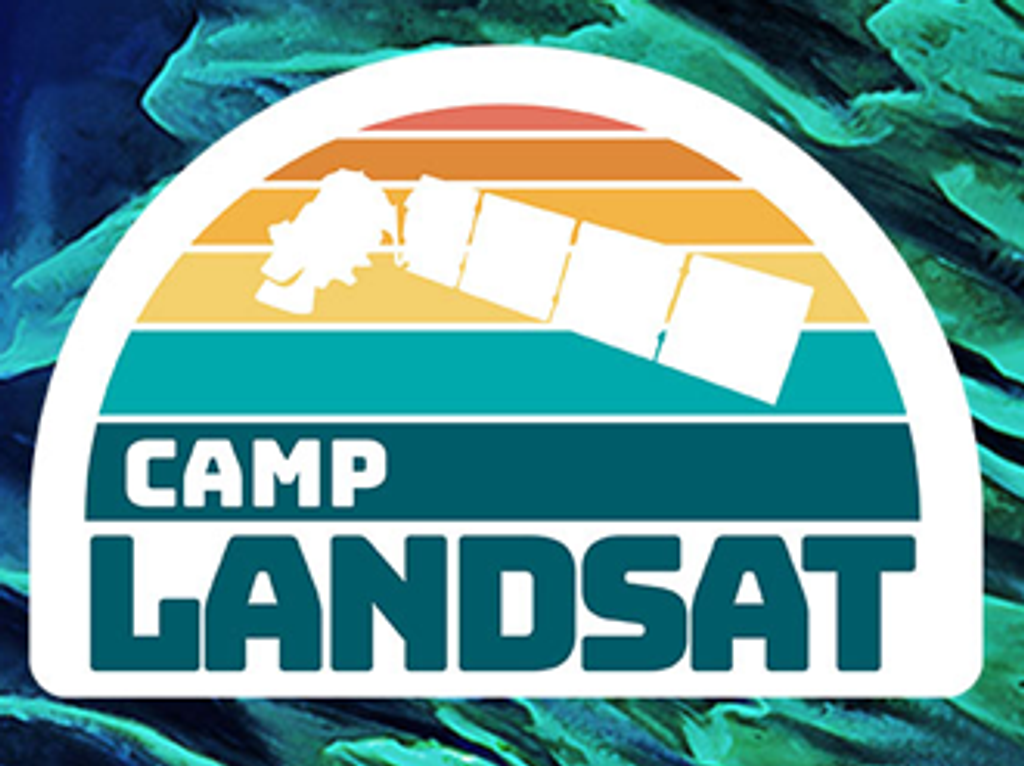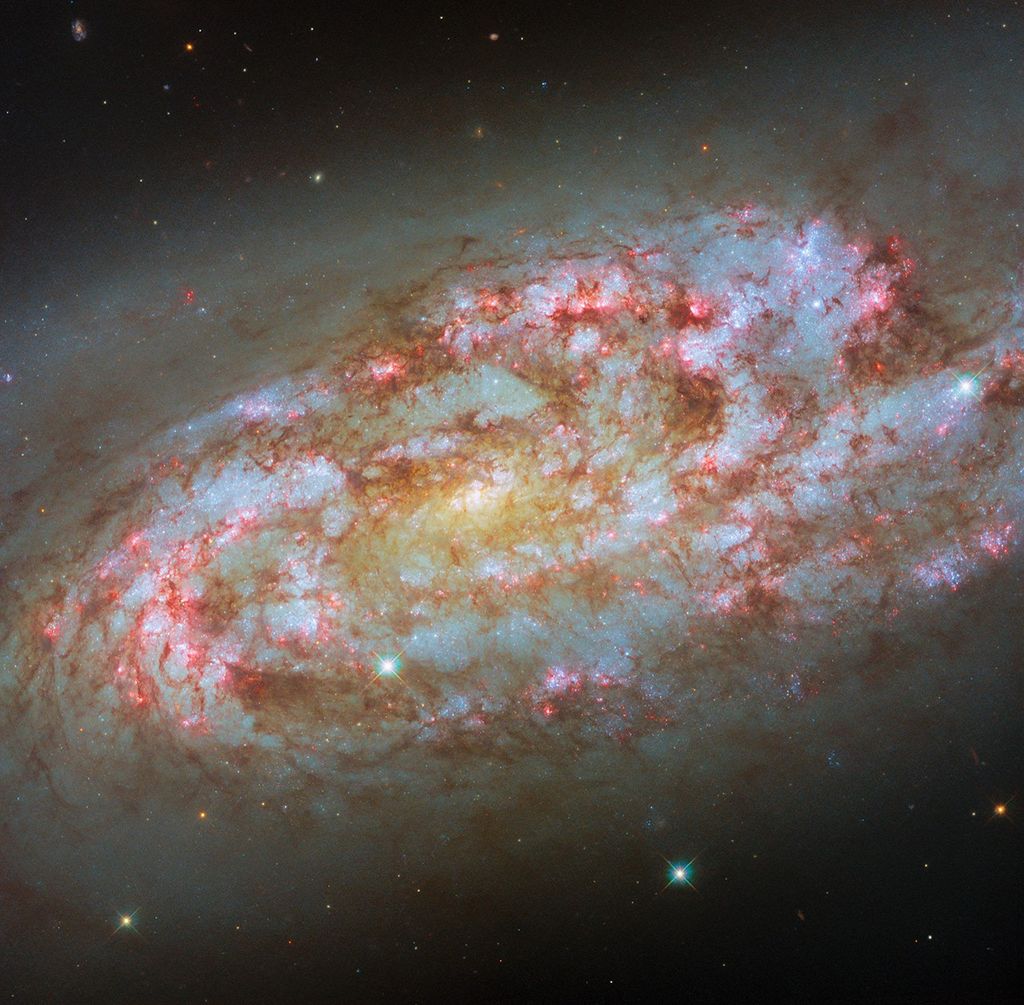ARTEMOSS (Antarctic Isolate 1 (ANT1) Radiation Tolerance Experiment with Moss in Orbit on the Space Station)
Principal Investigator: Dr. Agata Zupanska, University of Florida, Gainesville
Overview: This experiment will be a continuation of research already underway on Earth on Antarctic moss. The moss samples have already been exposed to solar radiation at the NASA Space Radiation Lab at Brookhaven National Lab in Upton, New York and a similar investigation will take place on the International Space Station testing how the moss recovers in different gravity environments.
Science objectives:
- To research the recovery process of Antarctic moss from radiation damage
- To learn how cosmic radiation and microgravity simultaneously can alter the performance and make of the plants
- To determine if the moss develops any tolerance to deep space conditions
Potential Earth applications:
- To better understand how plants and biological systems can overcome severe conditions on Earth to still supply food and life necessities
Potential space applications:
- To learn more about the potential for other biological systems to have a similar genetic response and physiological adaptation to harsh conditions in space
- To create and develop for future missions new bioregenerative life support systems and environments for plants that can tolerate conditions in deep-space
Related resources:
Space Station Research Explorer Page
NASA Science on Health, Safety to Launch on 31st SpaceX Resupply Mission
NASA’s Biological and Physical Sciences Division pioneers scientific discovery and enables exploration by using space environments to conduct investigations not possible on Earth. Studying biological and physical phenomenon under extreme conditions allows researchers to advance the fundamental scientific knowledge required to go farther and stay longer in space, while also benefitting life on Earth.

